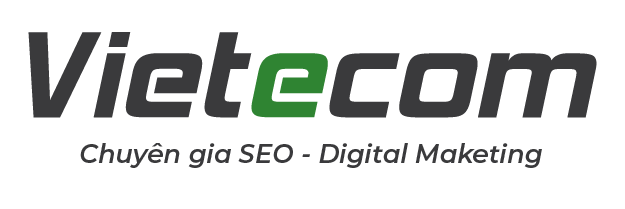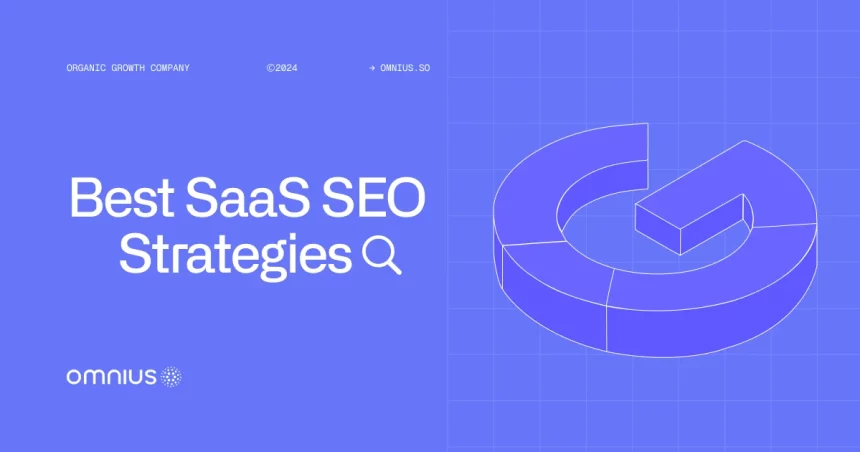Are you struggling to improve Google rankings and drive qualified leads to your website?
SaaS businesses frequently struggle with this type of scenario when it comes to SEO.
For this reason, you need new methods to stay afloat with your business.
This guide offers the best SaaS SEO strategies to keep you ahead of the competition.
Let’s begin!
Why Should SaaS Companies Invest in SEO?
The importance of SEO for SaaS businesses cannot be overestimated.
SEO can set your business apart from competitors relying on outbound marketing.
Below are 5 essential reasons why investing in SEO is crucial for your SaaS business:
- Promotes your SaaS business.
- Drives traffic to your website.
- Gives you an advantage over your competitors.
- Gets more people to subscribe to your software.
- Reduces dependence on paid advertisements.
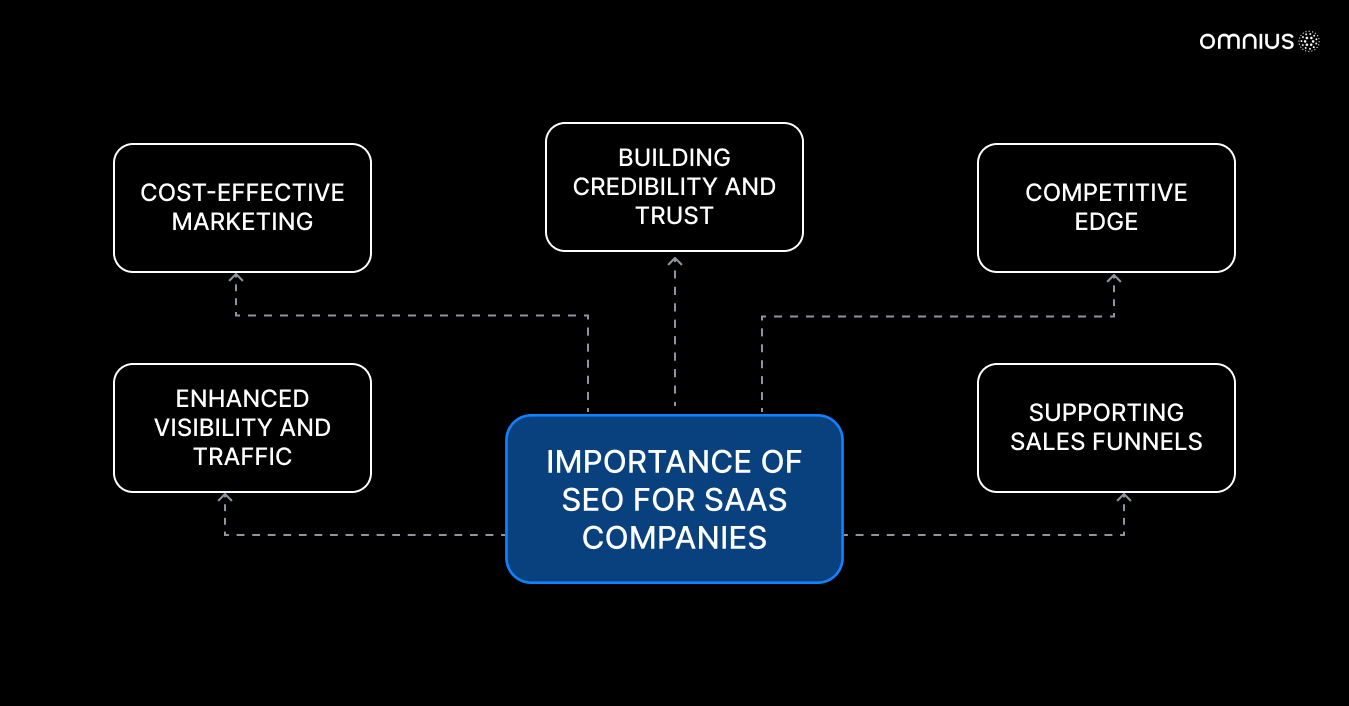
How to Implement the Best SaaS SEO Strategies in 2024
It’s all about the proper balance between on-page, off-page, and technical SEO that is aligned with your goals.
Here are 9 tips on how to create an effective SaaS SEO strategy in 2024.
1. Conduct A Website Audit to Analyze its Performance and Quality
Consider this step as a warmup.
Websites often face issues like poor optimization, low traffic, conversion rates, and usability.
Make sure to review current website content to improve its performance and meet the expectations of your readers.
We recommend that you detect underperforming pages and act decisively, whether by deleting them or applying redirects.
Here are some steps to help you out with making decisions about it:
- Update and improve the pages that make sense to be improved.
- If there are pages or articles targeting the same keyword, or it makes sense to redirect one of them, make sure to do so.
- In case the keywords you target or the page have no value and it doesn’t make sense to spend time improving it, it’s better to delete it.
To measure these growth metrics, you can use analytics tools such as Google Analytics and Google Search Console to evaluate page performance based on these criteria.
If your traffic is slow due to missing content, implement tested techniques to get your traffic going.
There are two forms of organic traffic data available to watch for:
- branded keywords search traffic
- Non-branded keywords traffic
Analyze each segment’s performance to plan future content and refine SEO strategies based on these segments.
2. Incorporate Keywords Early In The Content
This is a big one, so follow closely.
There are three categories of keywords for SEO:
- Primary Keyword – Your major keyword should be the main focus of the entire piece, and the headline and subsequent content should reflect that.
- Secondary Keywords – They support primary ones and align with search intent for better SERP rankings.
- Additional Keywords – They are phrased differently than primary and secondary keywords but mean the same thing. “Long-tail” keywords are the prime example.
Adding your keyword early is a signal to search engines, “This is my page’s focus!”
This boosts relevance to user queries, potentially improving rankings.
Here’s where you should place your main keyword:
- In the First Paragraph – This way you give search engines a clear understanding of your content.
- Naturally Throughout the Post – Make sure your webpage content is directly related to the keyword.
- In Meta Title and Header – Use your main keyword in the meta title and main heading (H1) to highlight your page’s topic.
- Inside Alt Tags of Images – Image descriptions boost keyword ranking in search engines.
- In URLs – When Google crawls a new site for the first time, it uses the URL’s keywords to determine what the site is about.
Make sure to avoid these keyword practices:
- Avoid Keyword Stuffing – Prevent reader disengagement and potential search engine penalties.
- Do Not Use Only One Keyword – A single keyword can make content repetitive and dull therefore focus on creating different keyword phrases.
- Avoid Using the Same Keywords as Your Competitors – This limits content quality. Be creative to stand out.
For improved keyword research, utilize diverse research tools.
However, resolving the issue is more complex than relying solely on tools.
Remember, it’s about identifying the precise words and phrases your potential customers employ when searching for products similar to yours.
.webp.webp)
3. Define the Type of Content You Wish to Produce
Content quality is necessary, but you must understand the types of SaaS content you wish to produce.
An impressive 98% of marketers incorporate written content into their content marketing strategies.
Make sure to distribute content to each stage of the content marketing funnel.
Efficient content types include the following:
- Case Studies – They are evidence-based documents that demonstrate to potential customers how you solved similar difficulties for previous clients.
- Customer Review – 79% of shoppers rely on customer reviews because this is proof of what you do for others.
- Product Demos – They’re an excellent method to demonstrate your product’s capabilities, functionality, and uniqueness to customers.
- Free Trials – Offering a free trial can attract more website visitors to join up and provide their contact information to you.
- Free Consultations – Clients who schedule a free consultation can experience your services firsthand to decide if they’re worth investing in.
Other forms of useful marketing content include:
- Research Reports – They cover the research topic, question, methodology, results, and conclusion.
- Whitepapers – They offer a focused, research-based perspective on complex topics to help readers understand and solve problems or make decisions.
- Guides and Tips – Though shorter and less comprehensive, they remain effective in providing valuable information appreciated by your target audience.
- Surveys or Polls – This is an effective method to gain insights into your target market’s preferences, which can then be utilized to create valuable content.
- Walkthrough Videos – They simplify complex concepts effectively, making them suitable for every stage of the sales process.
- Podcasts – Companies can foster relationships with customers and prospects by producing valuable content to generate leads and boost sales.
- Webinars and Webcasts – A web-based presentation enables remote participants to view, hear, ask questions, and respond to polls.
Never depend on one content type.
Use various content tactics and a thorough strategy to lead potential customers through the funnel.
If content falls short or misses the mark, be ready to pivot and adapt your strategy for better results.
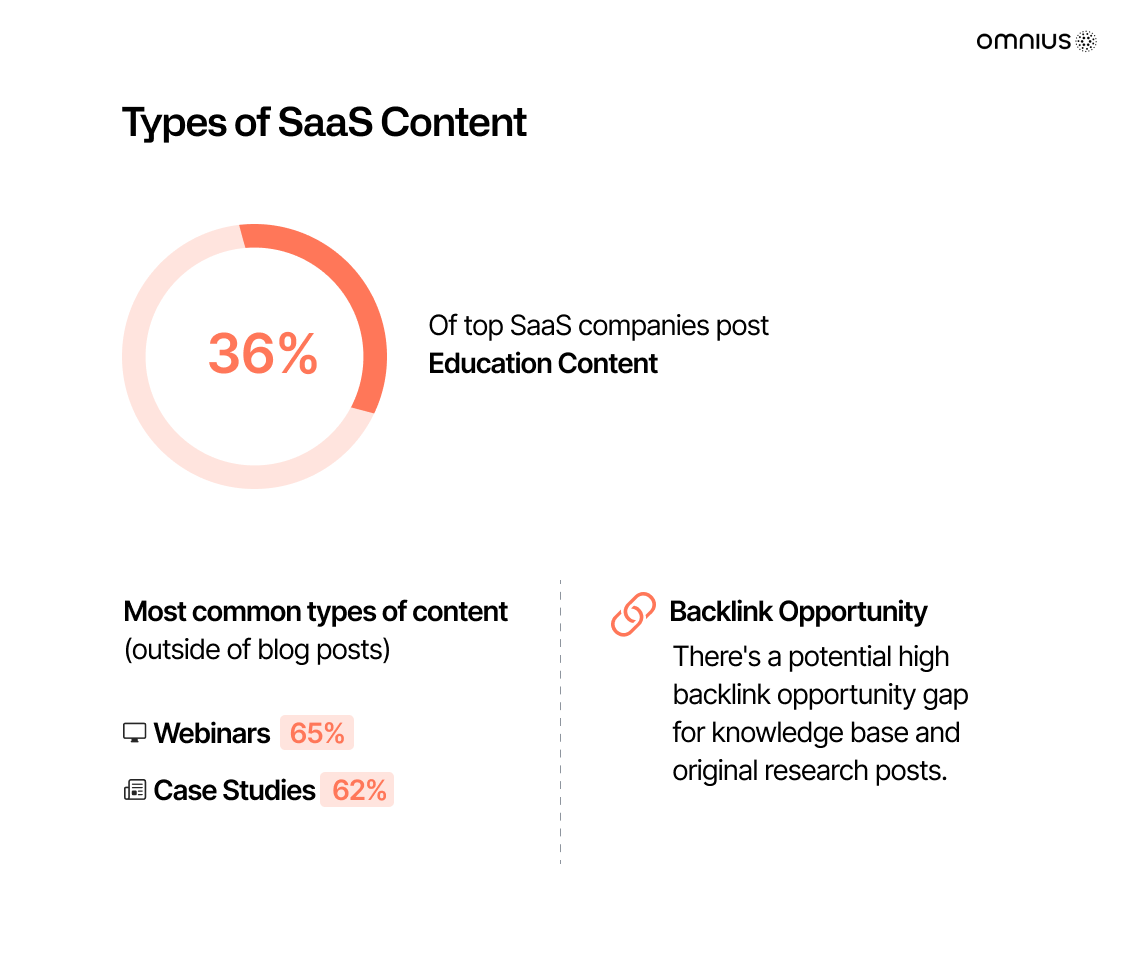
4. Produce Valuable And Relevant Content
Quality is key.
Each post should provide genuine value, such as a guide that details new marketing strategies.
The goals of well-written content should provide the following results:
- Optimize Landing Pages for Conversion – Simplify layout, use clear messaging, and add persuasive elements like headlines, visuals, and calls-to-action.
- Drive Sales Through Personalization – Segment your audience, collect customer data, and use customized emails, product recommendations, and website messages.
- Improve Customer Engagement and Retention – Understanding customer pain points and preferences helps you tailor content to educate or address challenges.
- Enhance SEO and Organic Rankings – Keyword research and integration into content help search engines understand and enhance ranking potential.
Regarding educational content, nothing is more popular than articles and blog posts.
- Articles and blog posts allow for injecting personality, engaging readers, building trust, and nurturing customer relationships.
Ensure your articles and blog posts are more effective by including:
- A catchy headline that reflects your content accurately.
- Rich and informative body copy, easy to read and understand.
- Images, infographics, or videos that are relevant can help break up the text and add visual interest.
- Calls to action (CTAs) that motivate readers to take the next step.
Headlines are your initial chance to engage.
Titles such as “100 Content Writing Statistics To Inspire Your Growth in 2024” immediately grab your focus.
Your points should be backed up with statistics, such as the fact that 82% of customers have a more positive impression of a brand after reading tailored content.
Keep in mind that you should avoid duplicate content.
Strong content creation evolves around content clusters.
Focus on telling a single story about your product at a time to create more effective content and achieve better outcomes.
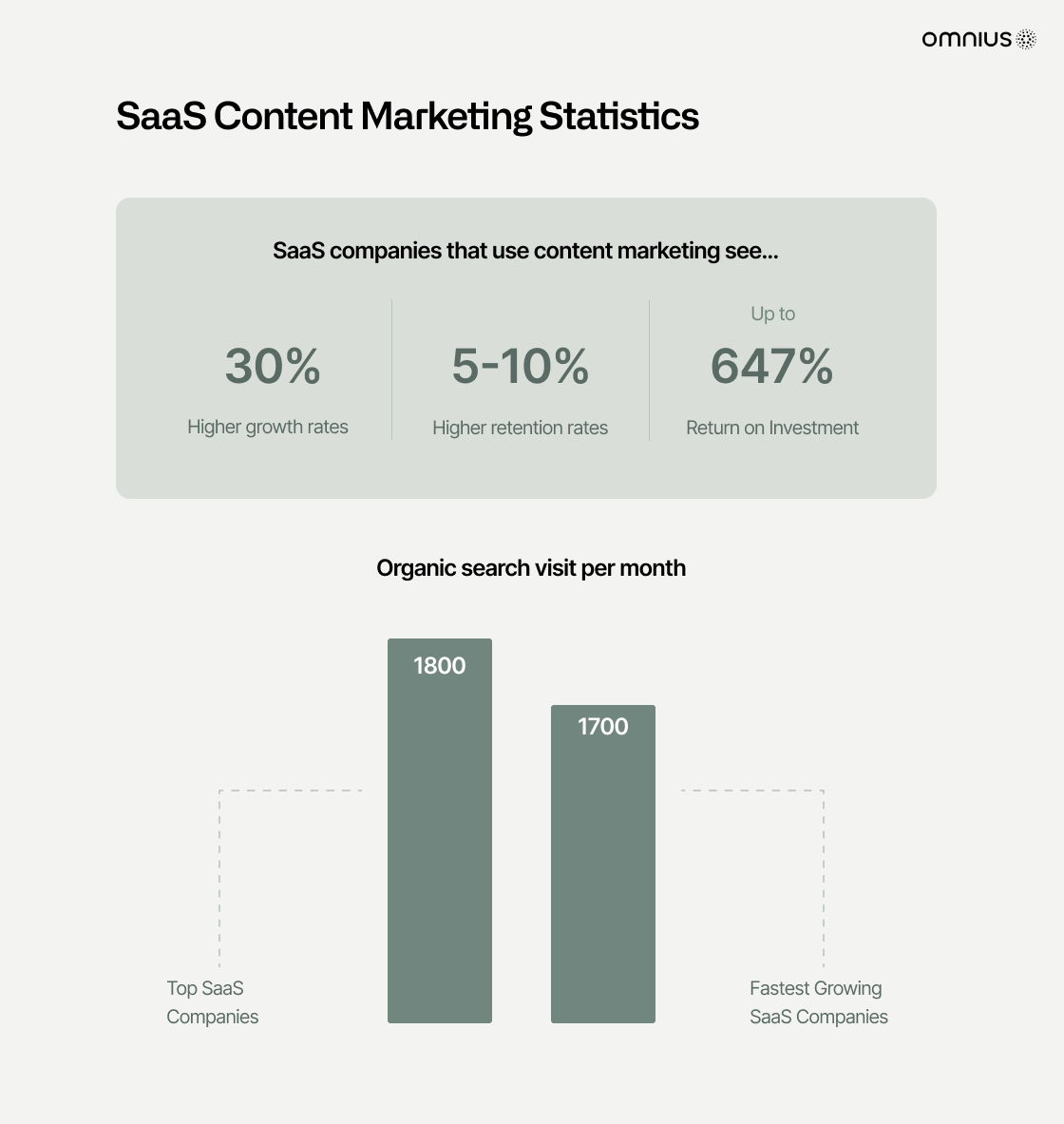
5. Optimize Your On-Page SEO
On-page SEO optimizes website components for search engine rankings and traffic, including content, site architecture, and HTML elements.
Here are other ideas you should consider:
- Use short, descriptive URLs
- Incorporate target keywords into your title tag.
- Write a compelling meta-description
- Optimize the Headings, Subheadings, and Content
- Optimize your images and name them appropriately
- Use descriptive alt-text
- Compress images using tools
- Add internal and external links
- Avoid keyword stuffing & cannibalization
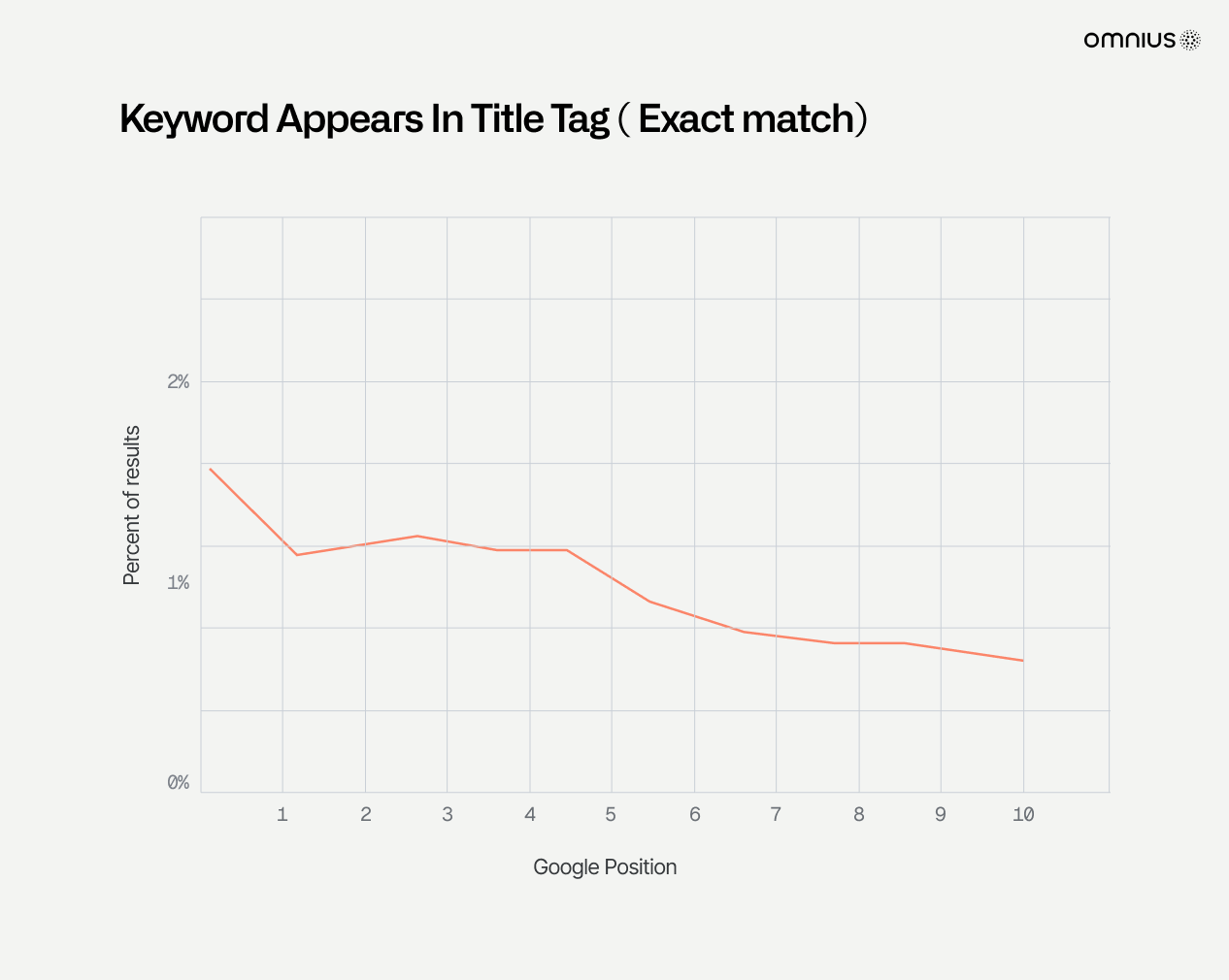
More advanced on-page SEO strategies for your SaaS organization require more expertise, so keep that in mind:
- Optimize For Featured Snippets – featured snippets help you gain more highly-targeted organic traffic and higher brand awareness.
- Embed Link Magnets – Creating high-value, link-worthy resources like infographics, white papers, and in-depth guides boosts backlinks and authority.
- Get Rich Results With Schema Markup – Once added to your website’s code it enhances Google’s visibility of your webpage, facilitating its appearance in rich snippets.
6. Optimize Your Technical SEO
Effective SEO methods rely on proper technical SEO basics, such as:
- Crawling – Use a robots.txt file that informs search engine crawlers about pages to crawl and avoid.
- Indexing – After crawling, Google indexes pages by processing textual content, images, and videos to understand their content.
To implement technical SEO SaaS practices, you should:
- Check Indexing – To check page indexing individually, utilize Google Search Console’s “URL inspection” tool. For bulk indexing checks, consider using Ahrefs or Semrush.
- Reclaim Lost Links – Implement 301 redirects to guide search engines to relevant pages on your website and prevent dead ends during crawling.
- Add Internal Links – Internal linking transfers link authority between pages on your site, aiding search engines in comprehending content context.
Consider page experience signals that aid Google in measuring a web page’s user experience (UX).
Below are the factors that impact page experience signals:
- Core Web Vitals – These metrics provide insights into a web page’s visual load capacity, stability, and interactivity.
- HTTPS – This is the secure encrypted version of HTTP. This protocol secures data and protects usernames and passwords from theft during transit.
- Mobile-Friendliness – Ensure your website’s mobile-friendliness and responsiveness by using a mobile-friendly CMS and testing pages on various devices.
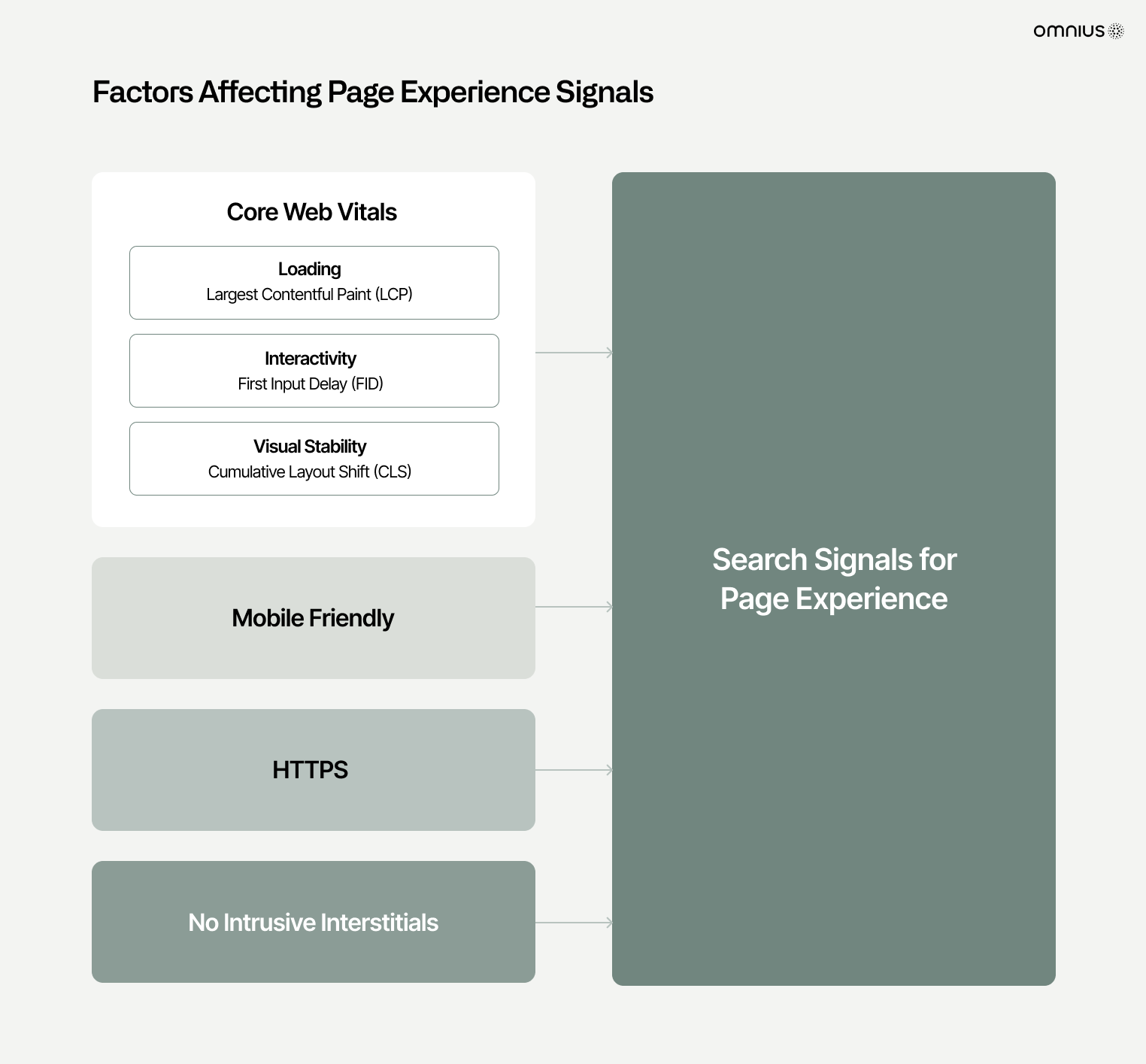
7. Implement a Glossary Strategy
Create a glossary page on your website to define terms related to your business, improve search ranking, and attract more visitors.
This strategy, exemplified by sites like Investopedia and Salesforce, helps improve understanding and visibility, especially for long-tail keywords.
There are various advantages to employing a keyword dictionary on your business website, including:
- Improved search engine ranks
- Increased website traffic
- Higher conversion rates
- Increased client satisfaction
Here are some suggestions for adopting this strategy:
- Organize Your Keywords – Organize terms for clarity, such as alphabetically or by topic, to enhance accessibility and visual appeal.
- Promote Your Glossary – Create navigation menus, footers, social media, or email newsletters to increase your reader’s interest.
- Keep It Short and Sweet – Focus on essential keywords initially and keep definitions concise for quick and easy comprehension.
- Update Your Glossary Regularly – Regularly updating your keyword glossary with new content ensures its relevance and freshness, benefiting both you and your customers.
Including a keyword glossary on your website helps demonstrate to your customers that you are an authority in your subject.
8. Demonstrate Success Stories
To showcase expertise, and build trust with potential customers you should showcase your product’s value.
You can do this by demonstrating real-life examples of solving business challenges.
When generating customer success content:
- Clearly define the topics and takeaways.
- Open with headline stats.
- Take the reader on a journey.
- Demonstrate return on investment.
Ideas for success stories:
- Case Studies
- Customer Interviews
- Customer Q&A Content
- Customer Journey
At the heart of every captivating customer success story lies the narrative of their journey, introducing the customer, their company, and the challenges they encountered.
Example: We helped AuthoredUp increase conversions by 64% and published a case study that showcases expertise and mutual success acknowledgment.
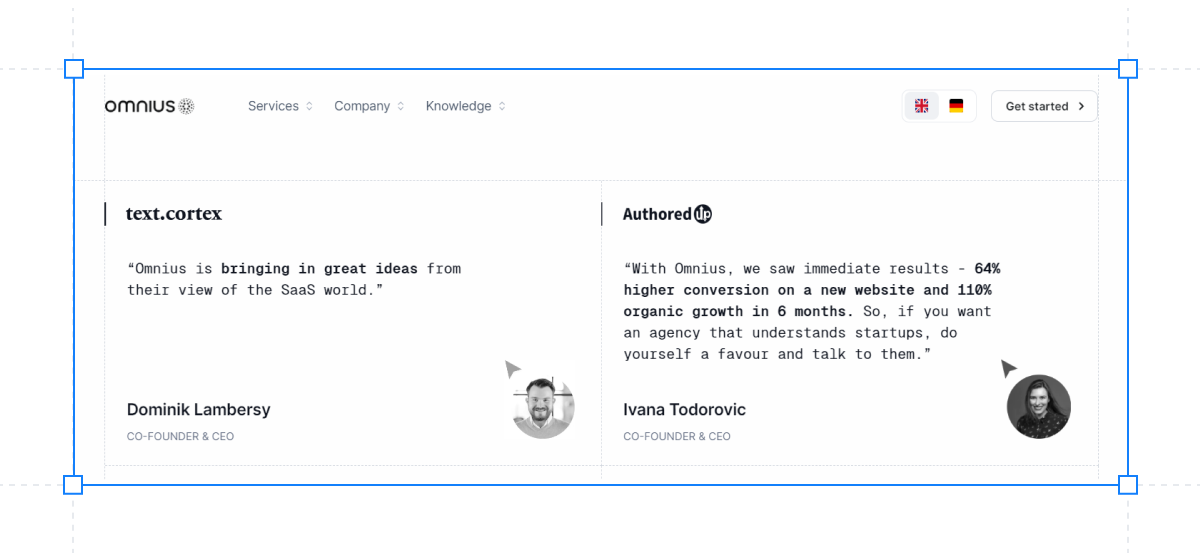
9. Monitor Your Analytics, Conversions, and Refresh Content
This one is straightforward but important.
Ensure your website is linked to Google Search Console and Google Analytics, and establish a system to track conversions across various pages.
SaaS companies use tools like Amplitude or Mixpanel to track both product and website behavior.
Regularly refresh your content annually or quarterly to enhance performance, especially for websites with abundant unoptimized content.
Final Thoughts
It is not just about the best SaaS SEO strategies, it’s about your target audience and what they want.
Tailor your website content to align with the search intent of your target audience.
This will naturally guide suggested practices into action.
Consider hiring a reputable SaaS SEO agency like Omnius to handle your business’s SEO.
Schedule a free consultation to discover how we can assist you in achieving sustainable and measurable growth with top SEO strategy!
Nguồn: omnius.so
